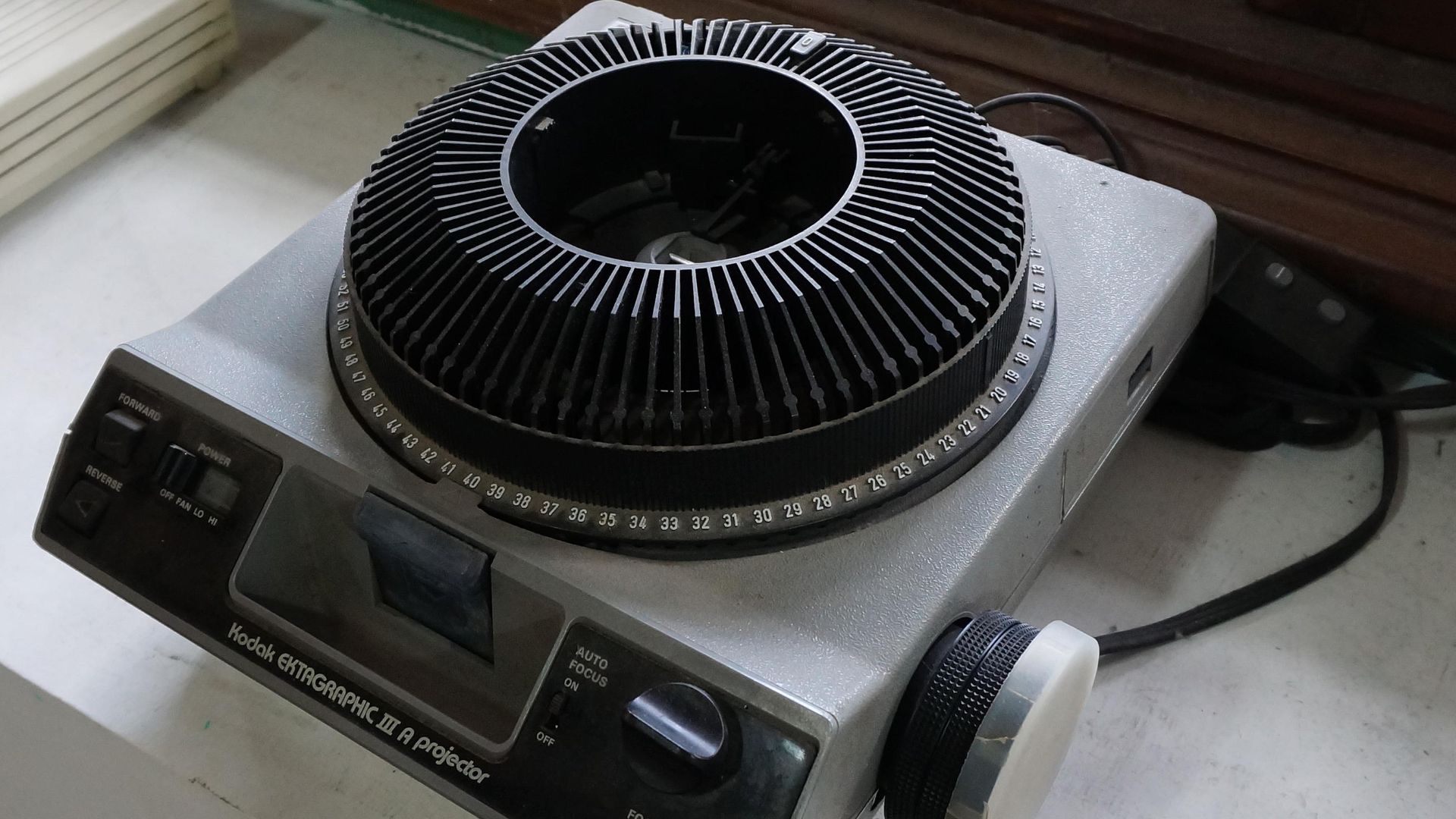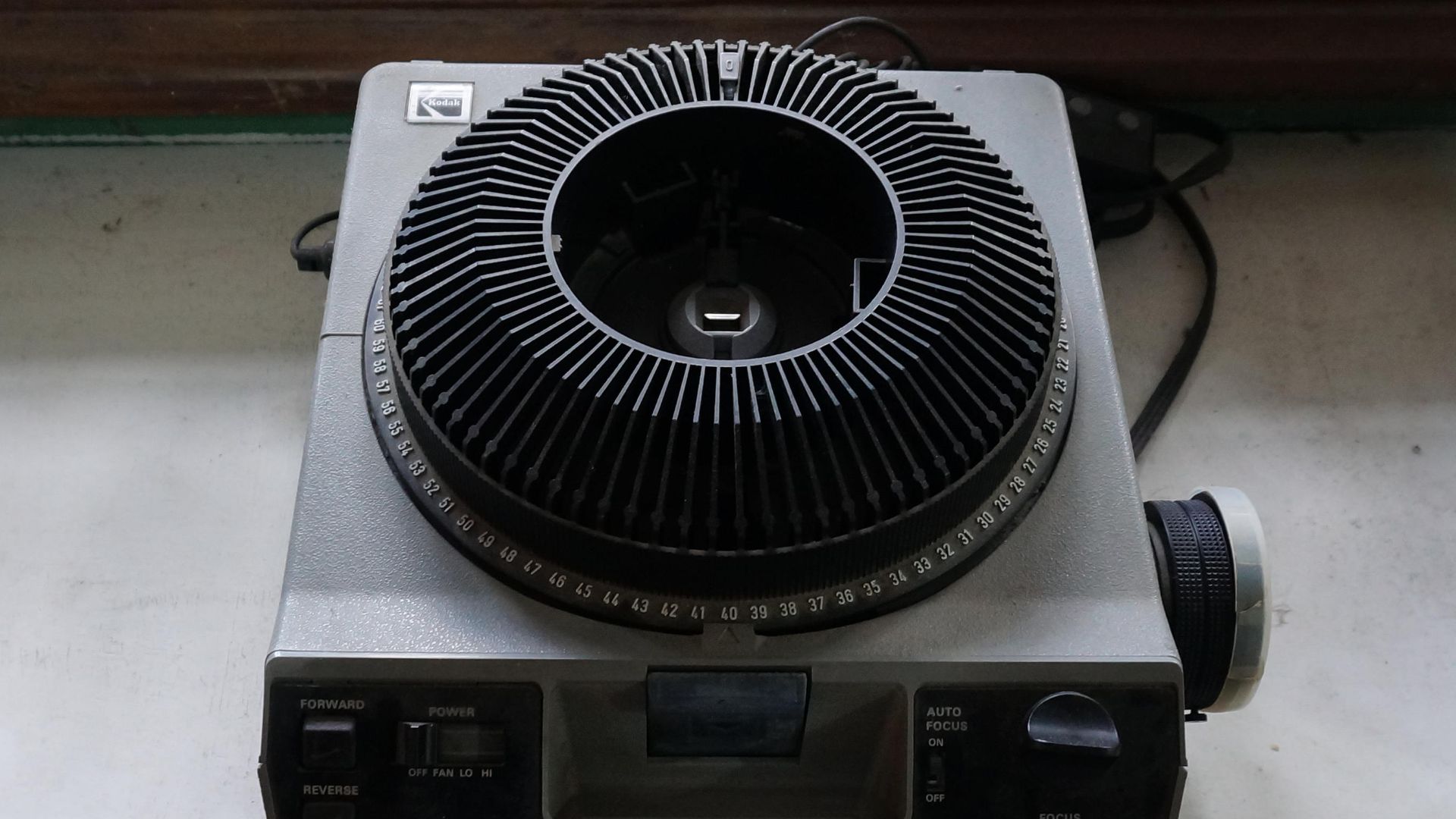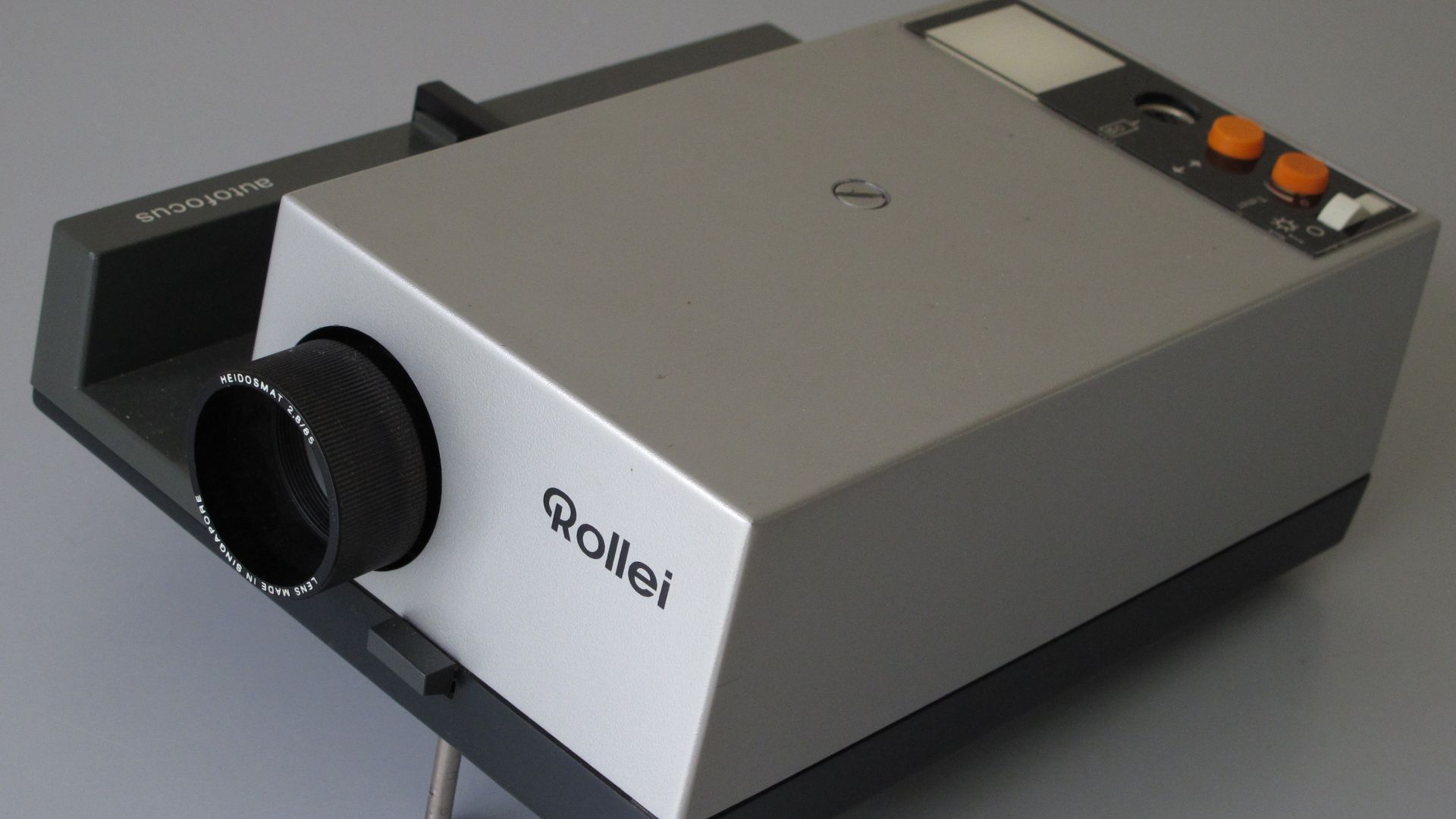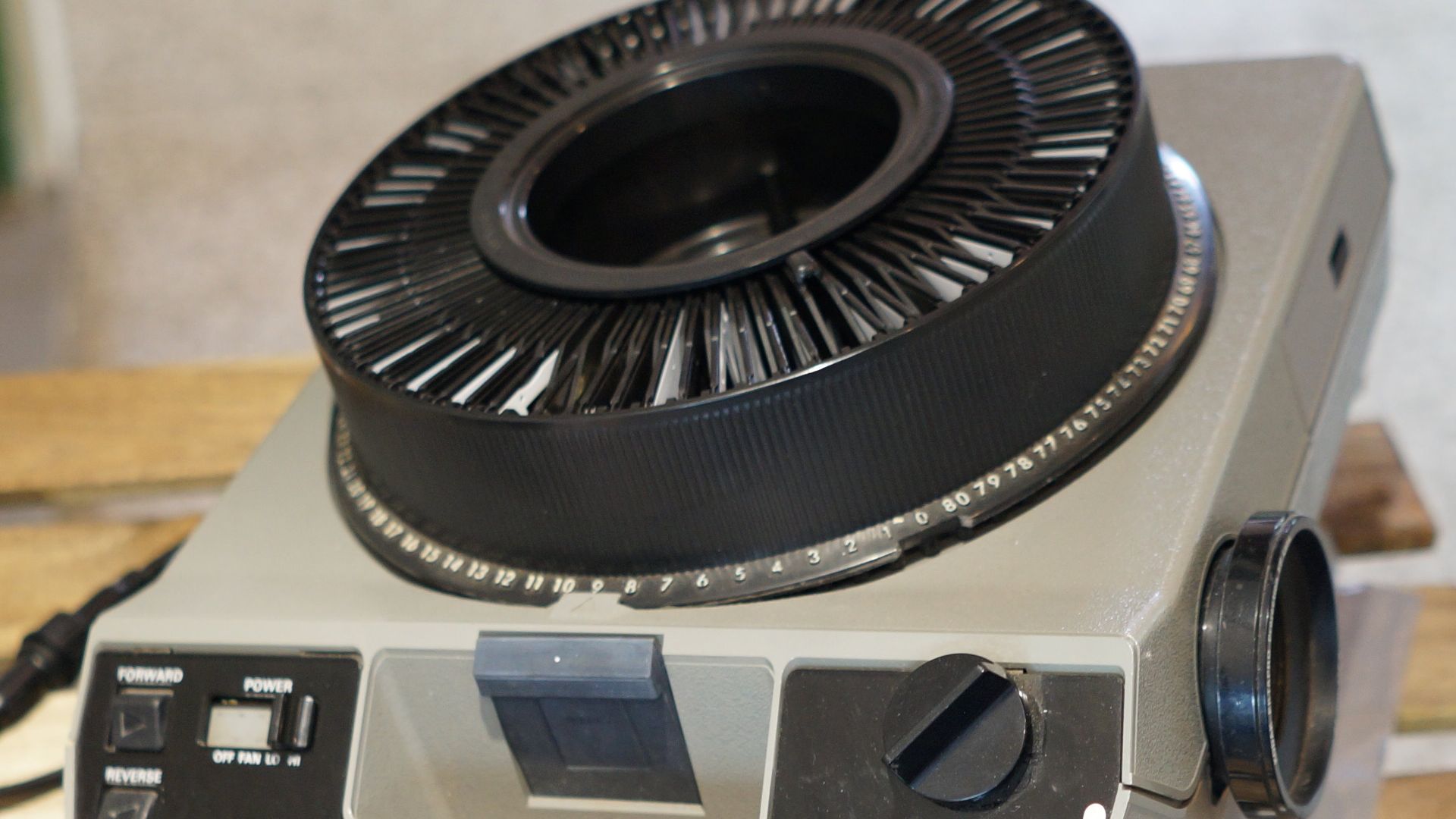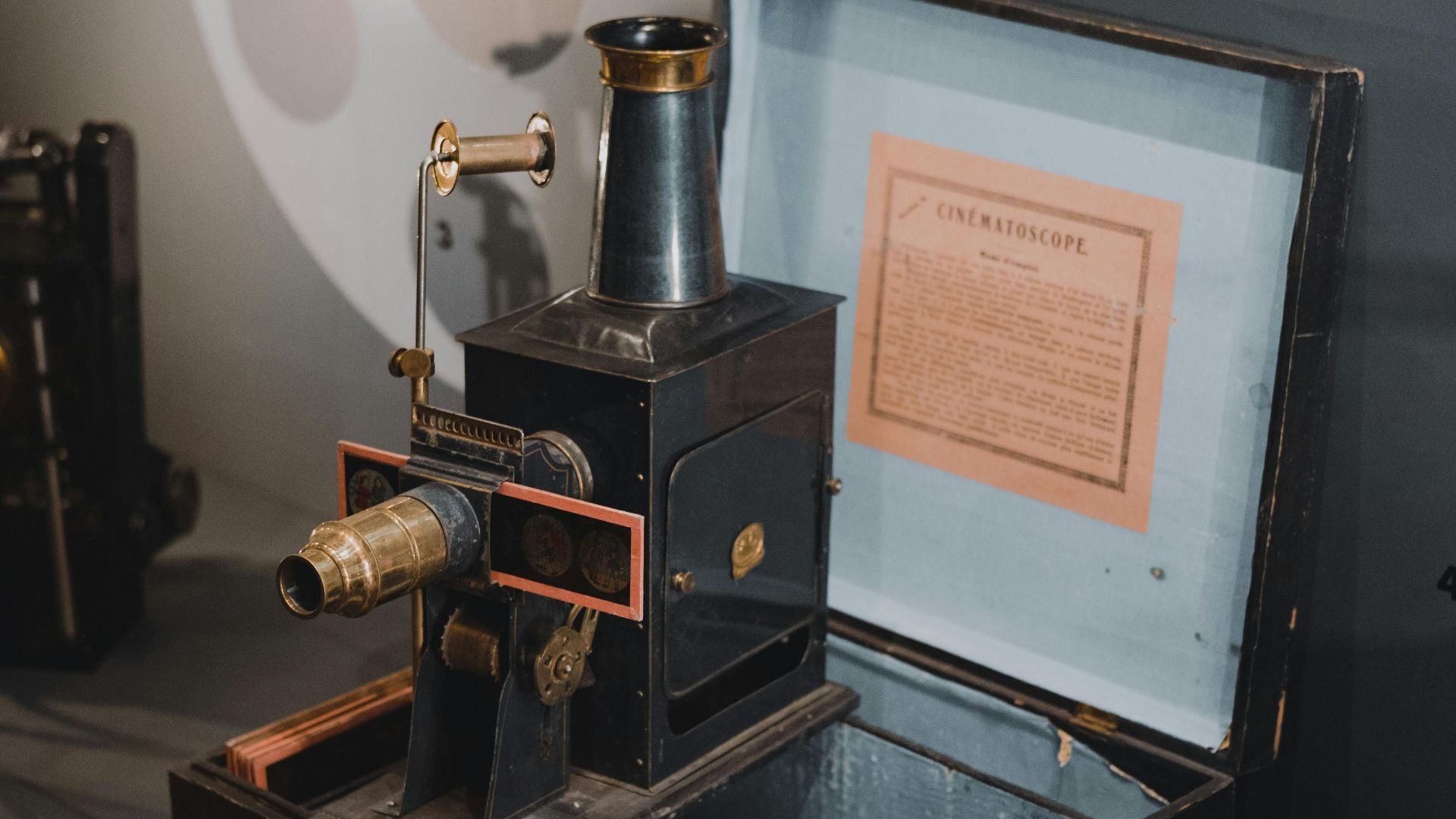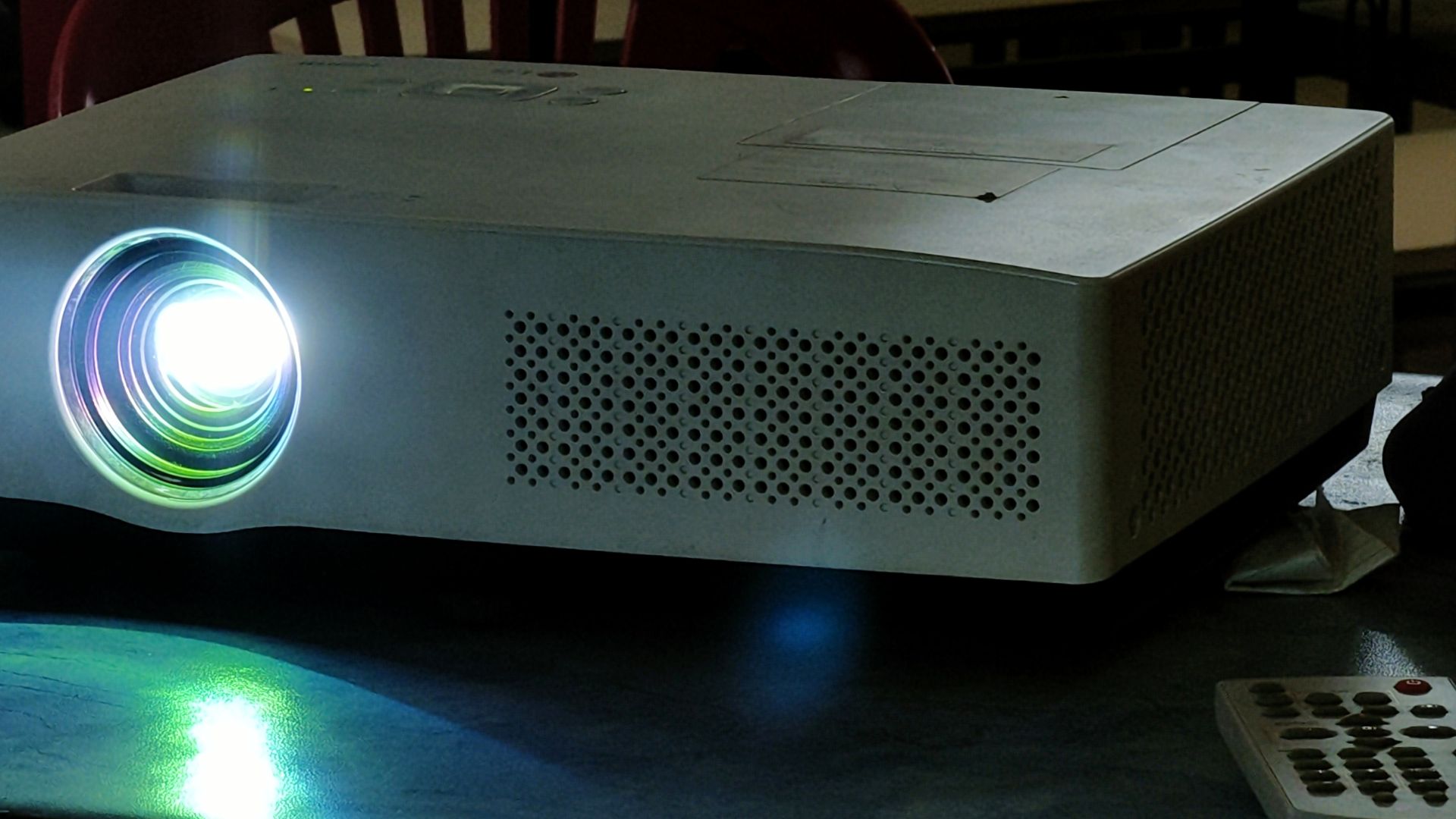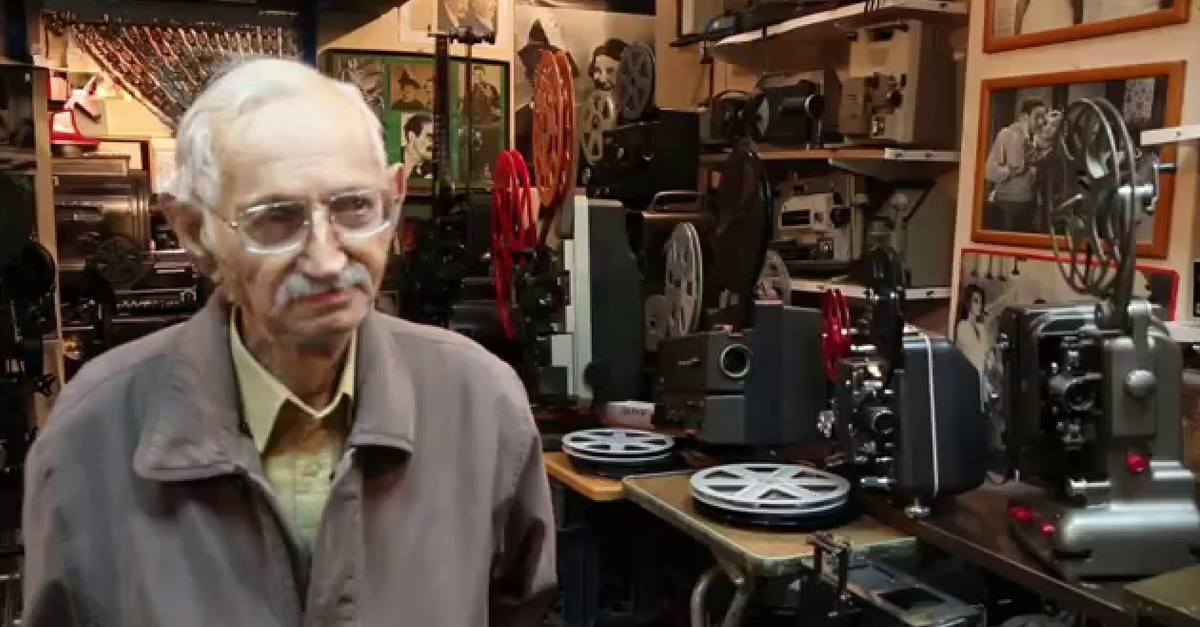Value Beyond The Price Tag
Before streaming took over, families once gathered around humming projectors and spinning reels of color. Though some of these machines aren’t worth much today, their ingenious design and nostalgic glow keep collectors excited.

Kodak Carousel 4200 Slide Projector
The Kodak Carousel 4200, released in the 1980s, featured a smooth rotating tray system for 80 slides. Building on Kodak’s 1965 patent, it offered quieter operation and improved cooling—ideal for classrooms, presentations, and home use before digital photography replaced analog projection.
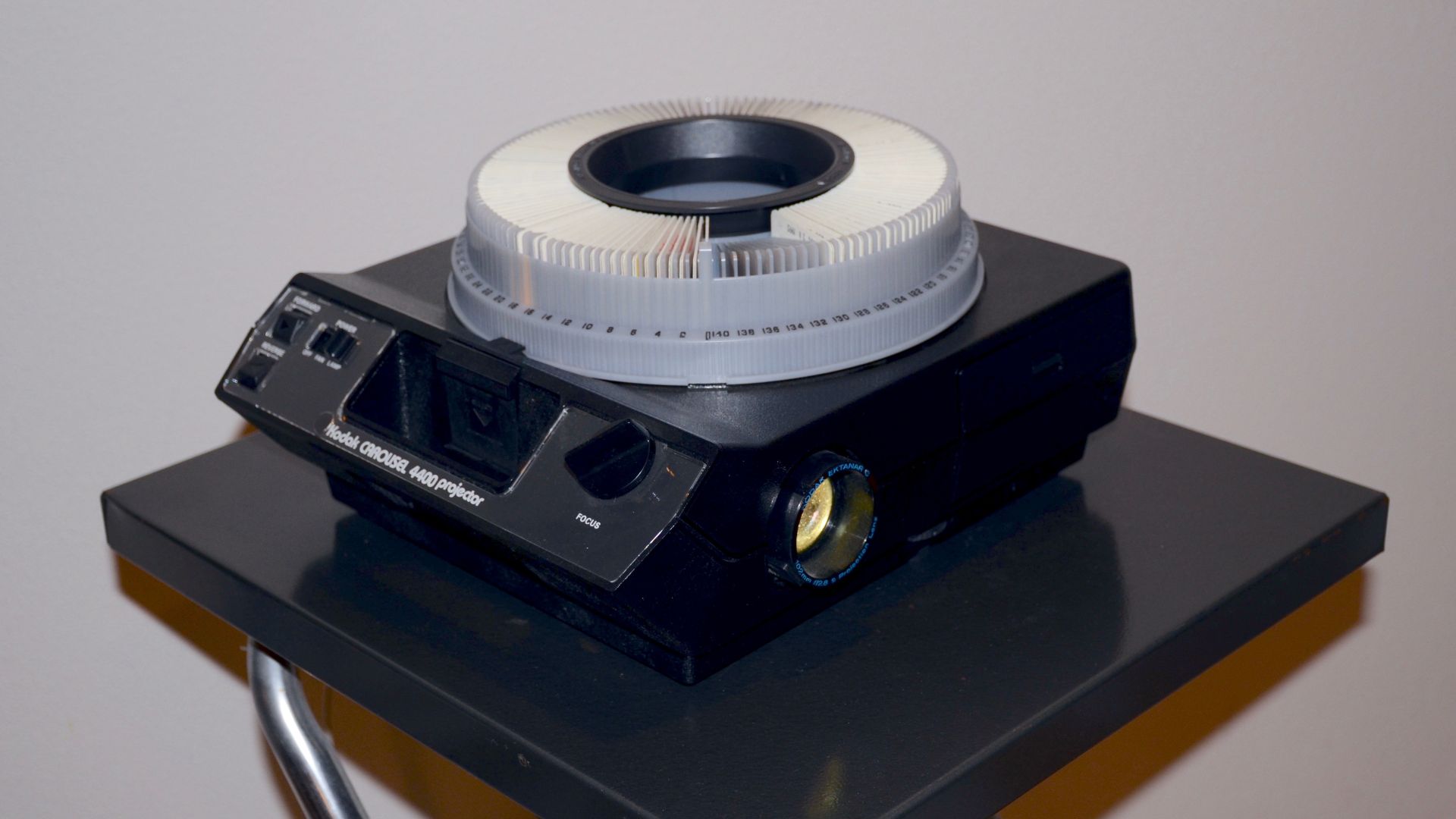 Steve Morgan, Wikimedia Commons
Steve Morgan, Wikimedia Commons
Vivitar 3000AF Slide Projector
Built for ease and clarity, the Vivitar 3000AF used autofocus long before digital cameras made it standard. Collectors appreciate its sleek black casing and sturdy lens assembly, and they pay more if it’s in perfect working condition. Untested units could be lower.
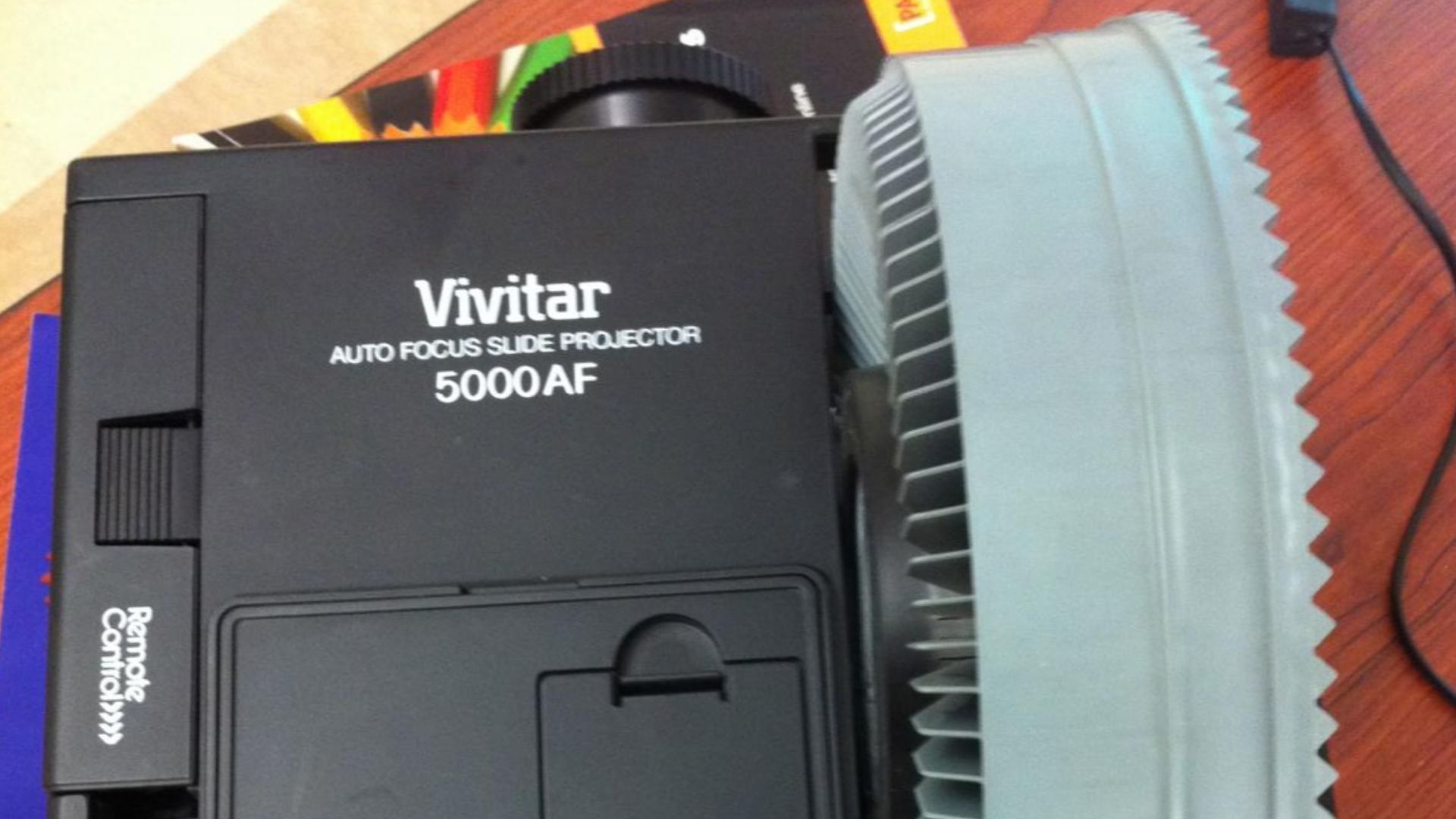 Wesley Fryer from Oklahoma City, Oklahoma, USA, Wikimedia Commons
Wesley Fryer from Oklahoma City, Oklahoma, USA, Wikimedia Commons
Leitz Pradovit 250 Slide Projector (Leica)
Leica’s Pradovit 250 offered German precision at its finest. The metal build, crisp optics, and gentle slide movement created museum-level projection quality. It’s still used in photography clubs today by purists who swear by its buttery-smooth slide advance.
 Berthold Werner, Wikimedia Commons
Berthold Werner, Wikimedia Commons
Bell & Howell TDC Headliner Model 303
Bell & Howell’s workmanship earned trust among educators and traveling presenters. The TDC Headliner 303 came in a sturdy case with optical-grade glass lenses. It’s now admired for its Art Deco design lines that mirrored mid-century industrial aesthetics.
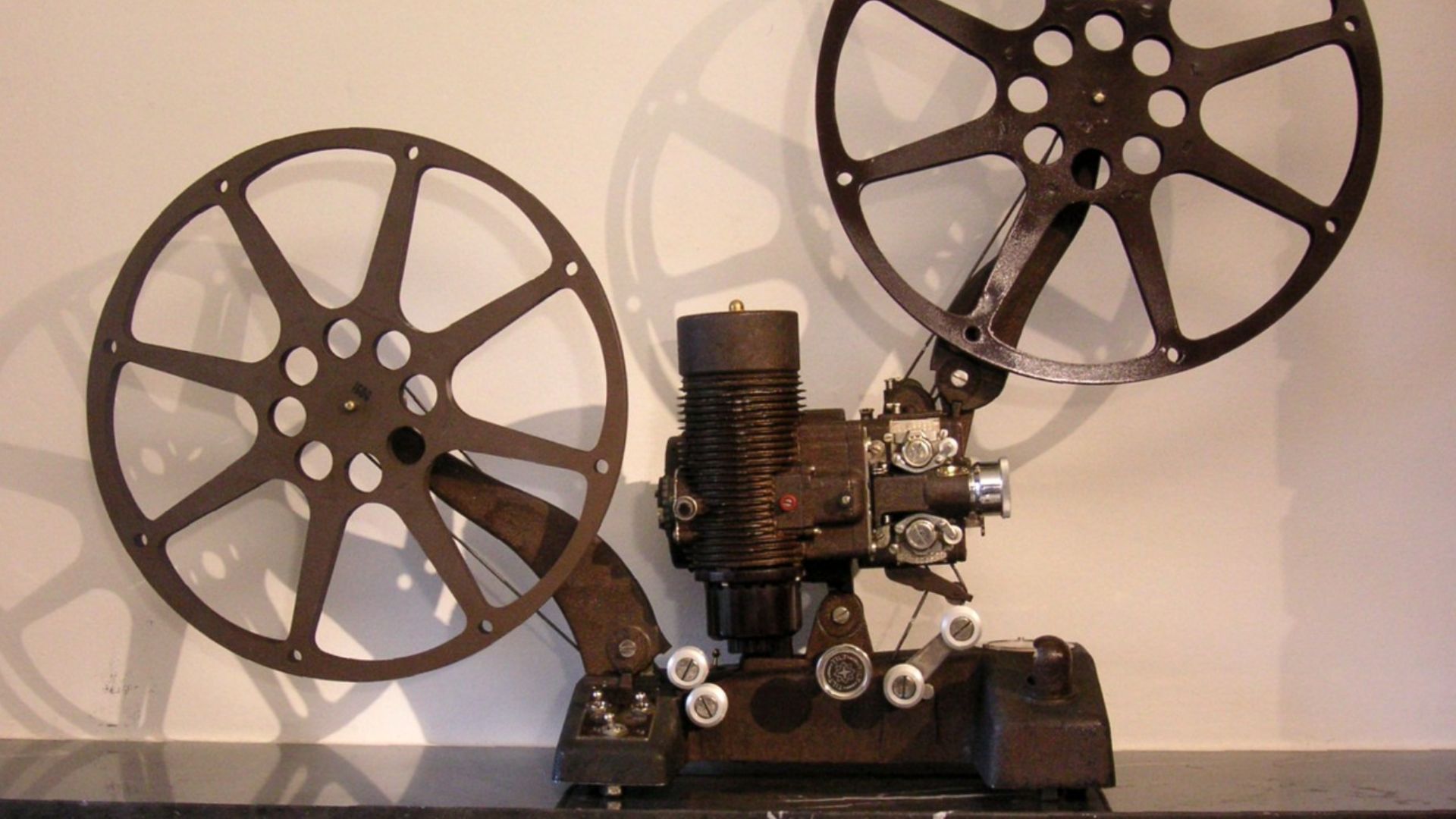 Holger.Ellgaard 14:15, 17 October 2007 (UTC), Wikimedia Commons
Holger.Ellgaard 14:15, 17 October 2007 (UTC), Wikimedia Commons
Kodak Ektagraphic III Slide Projector
The Ektagraphic III was a workhorse for schools. But schools weren’t the only fans; corporate offices wanted them for meetings and presentations, too. Today, it’s still beloved for its quiet fan and interchangeable lenses, perfect for making galleries for vintage film displays.
Sawyer’s Rotomatic 700
This quirky model had a carousel that clicked loudly with each rotation—music to a collector’s ears. Its unique dual-bulb feature allowed instant switching if one burned out, proving that even early designs considered durability part of presentation magic.
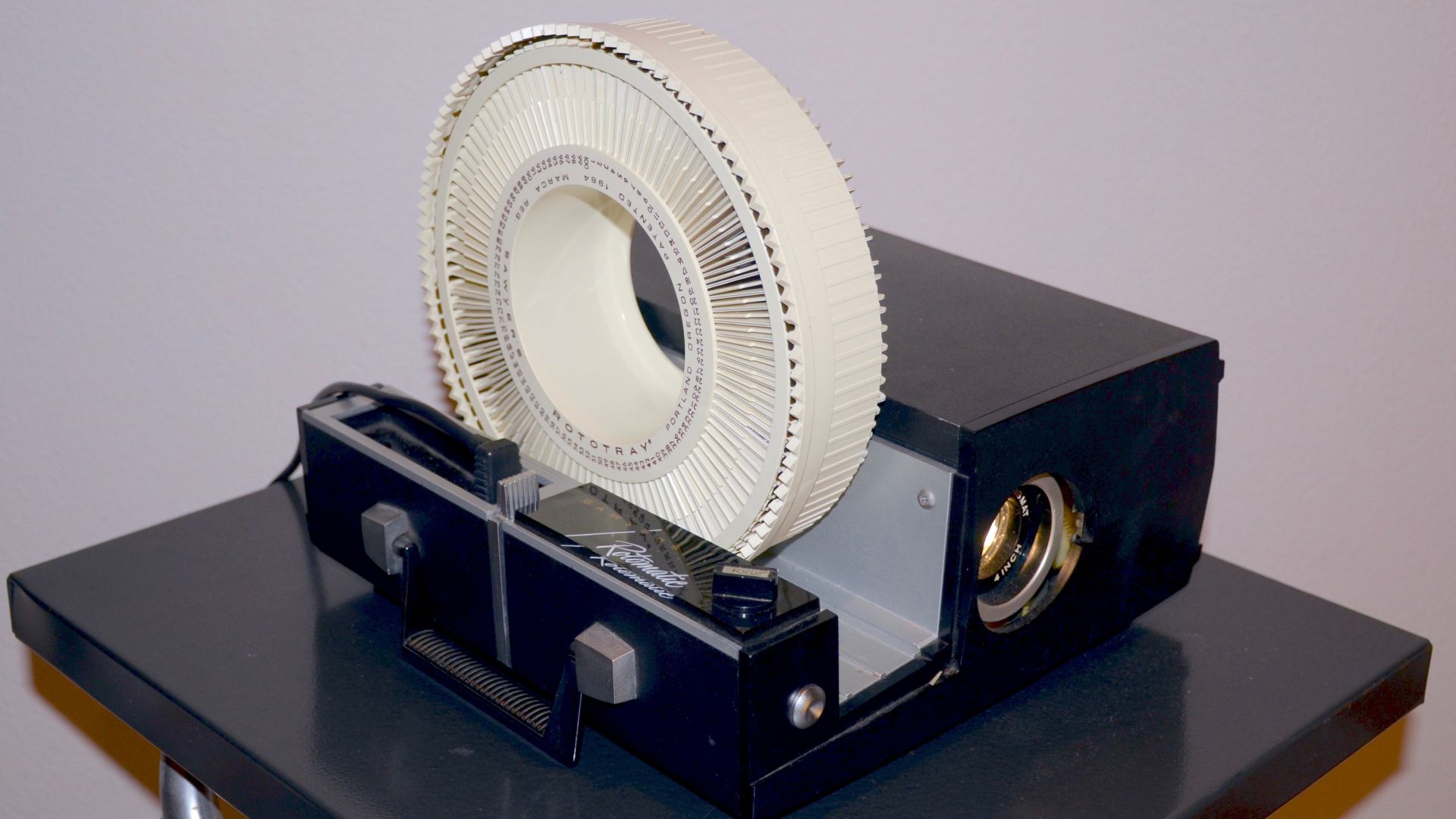 Steve Morgan, Wikimedia Commons
Steve Morgan, Wikimedia Commons
Polaroid 35mm Slide Projector
Polaroid ventured beyond instant film with this bold release. The 35mm Slide Projector personified their playful spirit—simple controls, rich color output, and that distinctive Polaroid white shell. Vintage fans chase it for its rarity and unmistakable retro flair.
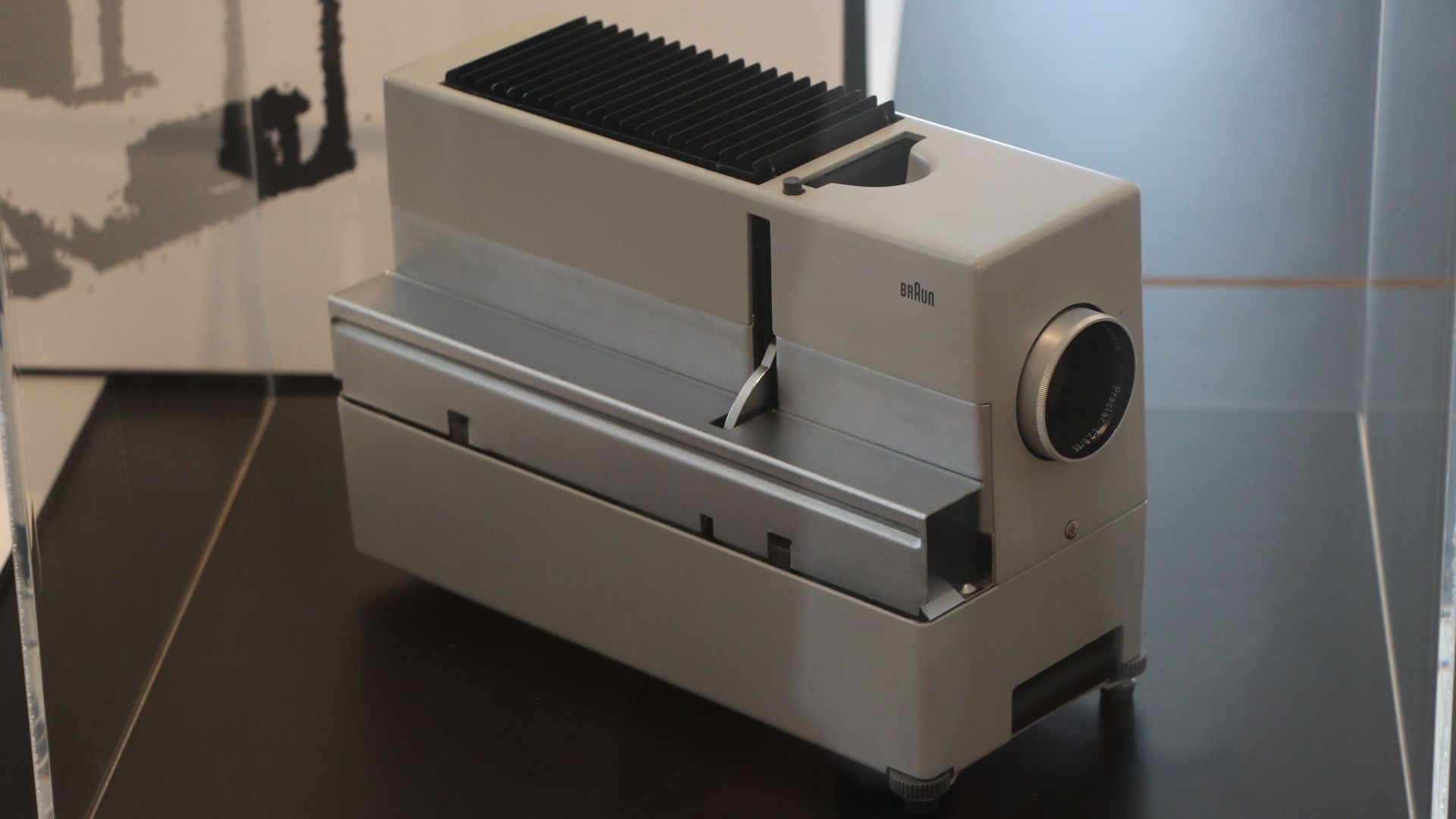 Wikisympathisant, Wikimedia Commons
Wikisympathisant, Wikimedia Commons
Minolta Mini-35 Slide Projector
Compact yet powerful, the Mini-35 projected with surprising clarity. Its slim profile made it perfect for travel slideshows. Many photojournalists relied on it in the 50s and 60s, and they valued its sturdy focus dial and lens coating that preserved image sharpness over decades.
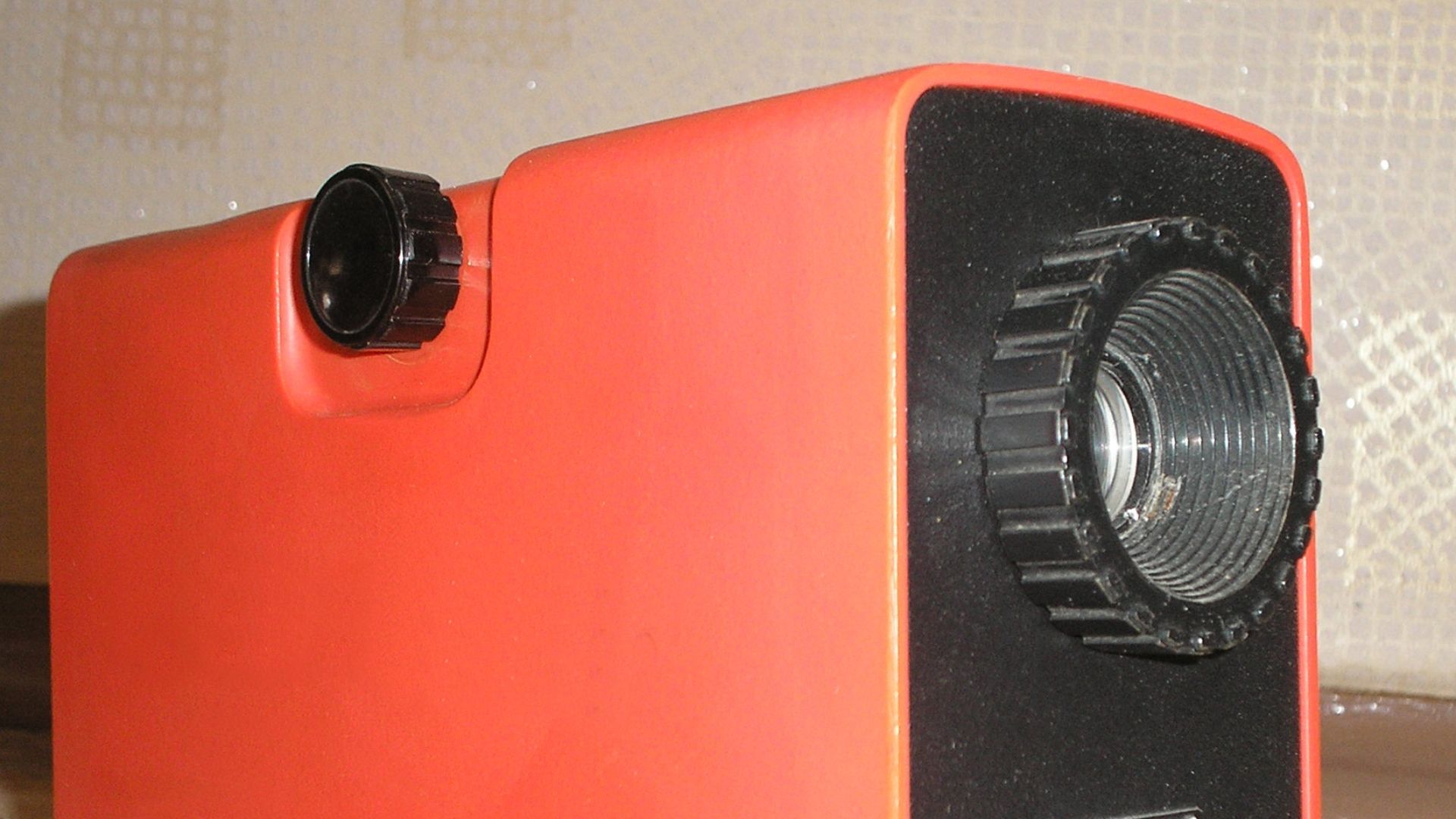 Photo by A. Sdobnikov, Wikimedia Commons
Photo by A. Sdobnikov, Wikimedia Commons
GAF 35mm Slide Projector (Model 1680)
GAF’s Model 1680 was a sturdy desktop slide projector known for its automatic advance and pop-up remote control. Using a bright 500W incandescent bulb typical of the 1970s, it offered dependable performance and crisp image projection for home users who valued clarity.
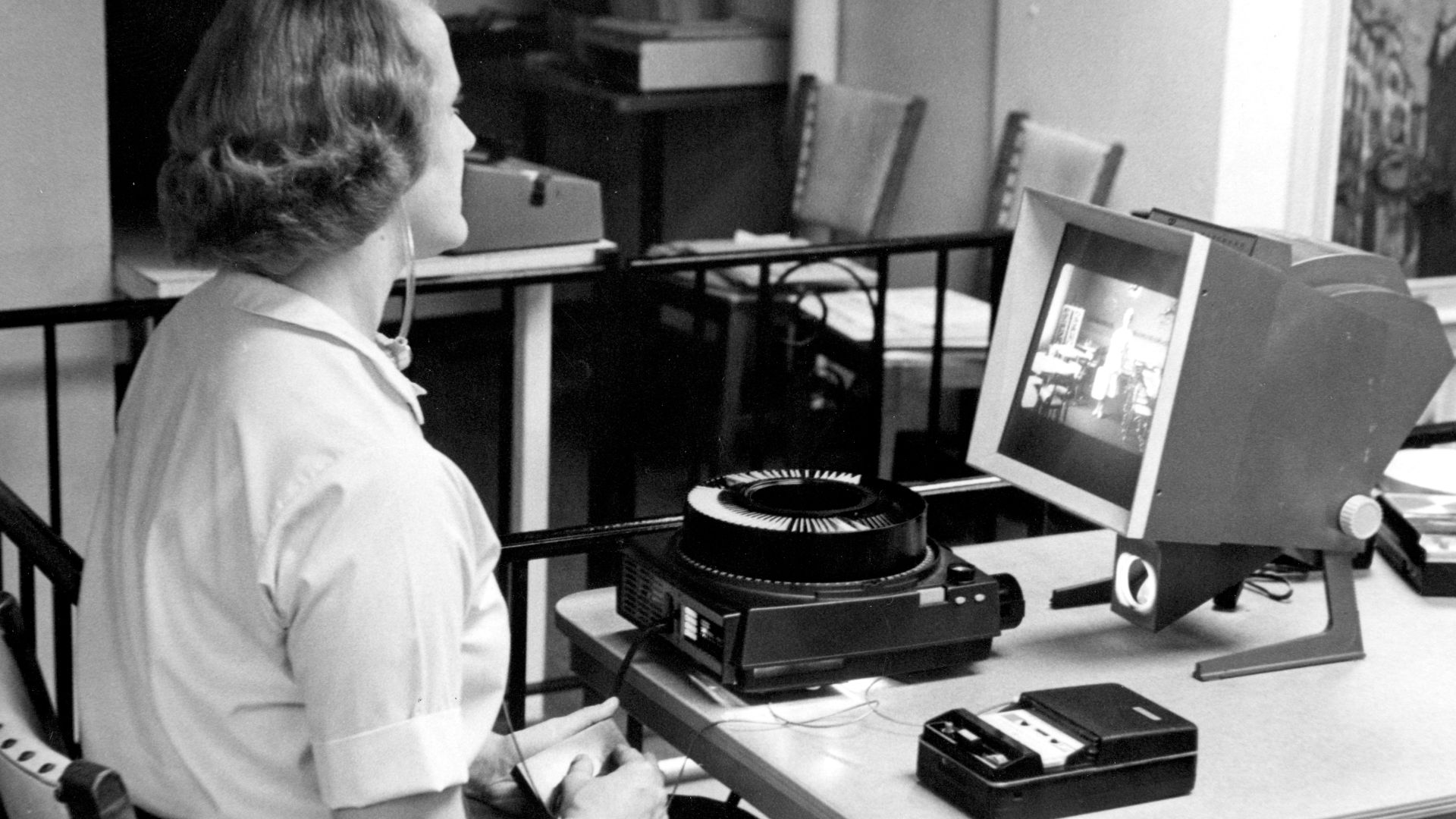 Missouri State Archives, Wikimedia Commons
Missouri State Archives, Wikimedia Commons
Kodak Cavalcade 510 Slide Projector
Introduced in the late 50s and available all through the 60s, the Cavalcade 510 combined professional optics with simple mechanics. It had a satisfying metal lever that advanced slides like clockwork. Collectors often note its resemblance to early space-age appliances.
Rollei Slide Projector
Rollei, best known for twin-lens cameras, extended its precision to projectors. Their solid metal housings and crisp German optics made each projection feel gallery-ready. Even today, Rollei’s minimalist design and razor-sharp lenses keep them among collectors’s conversation starters.
Airequipt Slide Projector
If you’ve ever seen one, you’ll remember its futuristic cartridge trays that loaded like film magazines. Airequipt made home viewing feel high-tech in the 50s. Their compact design still draws collectors who appreciate its simple, almost cinematic engineering.
Elmo Slide Projector
Japan’s Elmo brand earned admiration for balancing affordability with workmanship. Its projectors were thoughtfully ventilated to reduce heat exposure, helping protect slides during long sessions. Durable and reliable, Elmo models became trusted tools for educators who used them for countless lessons and travel presentations.
 Simon Law from Montréal, QC, Canada, Wikimedia Commons
Simon Law from Montréal, QC, Canada, Wikimedia Commons
Hanimex Slide Projector (Various Models)
Hanimex imported sturdy, no-nonsense projectors through the 60s and 70s. You could find them in classrooms, clubs, or on road trips. Their simplicity was their strength—no frills, just clean projection and lenses that lasted decades without losing sharpness.
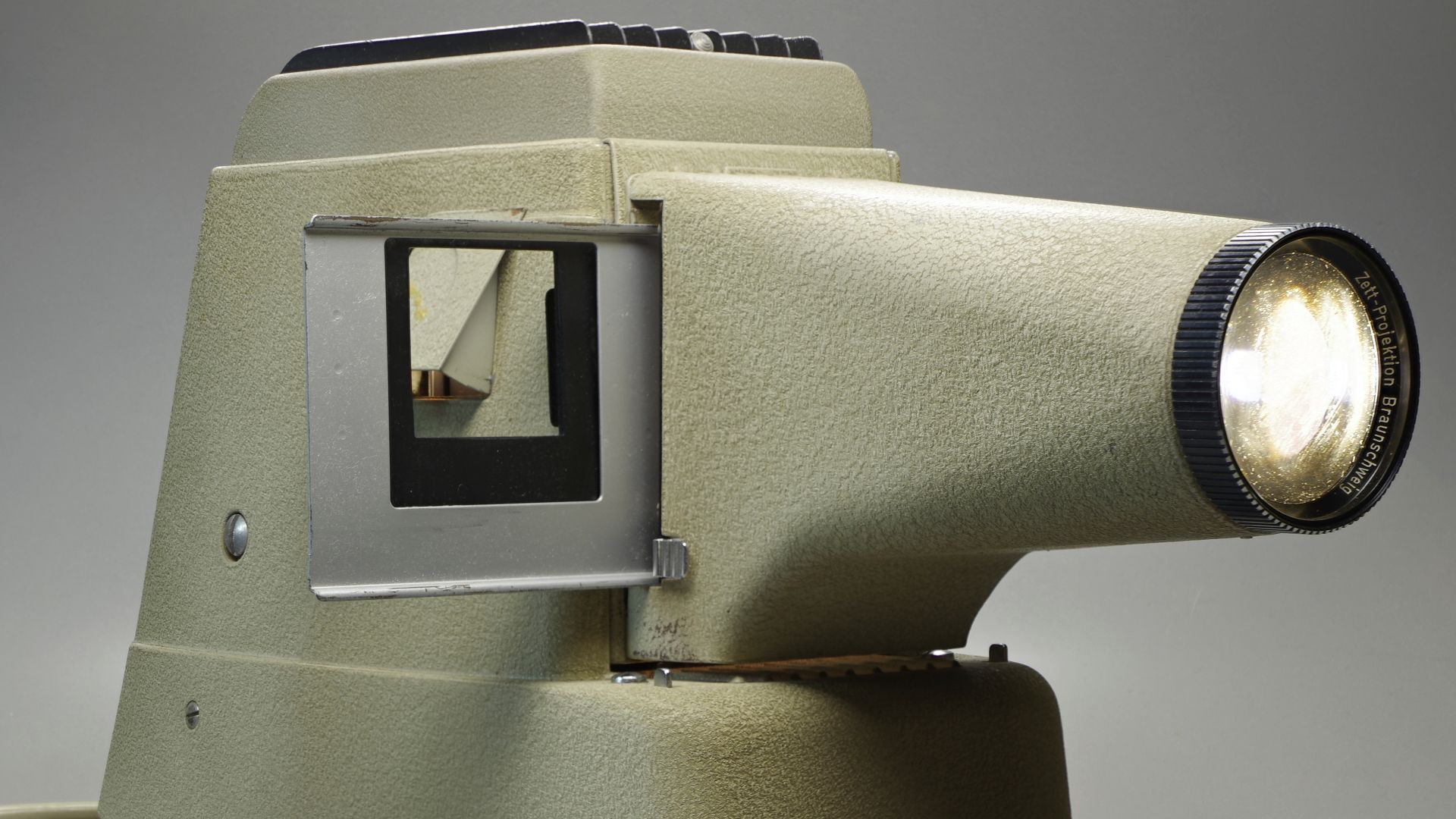 Berthold Werner, Wikimedia Commons
Berthold Werner, Wikimedia Commons
Kindermann Slide Projector
Collectors love Kindermann for its near-silent motor and precise focus. Built in Germany, these machines were often paired with high-end lenses used in professional studios. Even when idle, they feel like artifacts from an era obsessed with perfect mechanics.
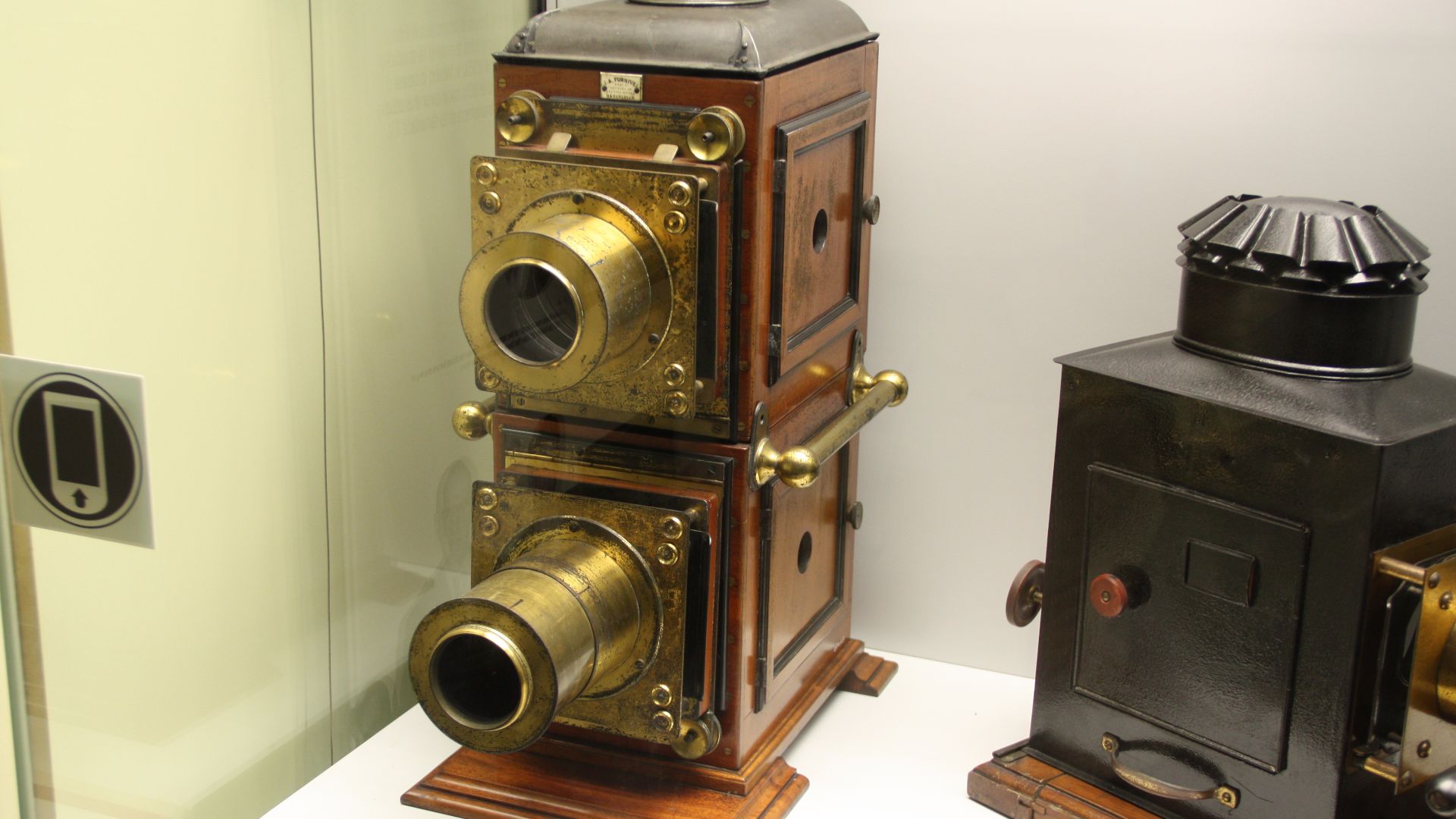 Richard Ash, Wikimedia Commons
Richard Ash, Wikimedia Commons
Gnome Slide Projector
A charming British brand, Gnome specialized in hand-finished workmanship. Each unit feels personal, right down to the weight of its dials. They were often used in small photography clubs, where storytelling mattered as much as the slides themselves.
 Electro Mechanic812291, Flickr
Electro Mechanic812291, Flickr
Argus Slide Projector
The company that popularized the C3 camera, Argus, also produced dependable projectors with surprisingly warm light balance. Their focus knobs were machined for precision. Collectors enjoy pairing Argus projectors with matching cameras—a nostalgic combo that brings mid-century photography full circle.
Sawyer’s Rotomatic Slide Projector (1960s)
Sawyer’s earlier Rotomatic series had clever mechanics—push once, and the tray rotated smoothly to the next frame. Collectors find these models irresistible because they still function decades later, thanks to that clever gear design that defined mid-century innovation.
Kodak Ektapro Ektagraphic Slide Projector
The Kodak brand built this one for professionals who demanded reliability during long presentations. Its durable frame and cool lens options made it a favorite in universities. Many still operate flawlessly today, a nod to Kodak’s obsession with endurance and projection precision.
Vivitar Slide Projector 1980s Model
This later-era Vivitar brought autofocus and sleeker styling to the hobbyist crowd. While prices remain modest, the design’s clever ventilation system and compact body continue to impress anyone who values reliability over flash. It’s a quiet classic worth rediscovering.
Leica Projector (Early Models)
Leica’s early projectors carried the same prestige as their cameras. Polished metal casings, interchangeable lenses, and balanced optics turned photo nights into visual art shows. Even in dim light, Leica’s engineering made every frame shimmer with near-lifelike detail.
Bell And Howell Slide Projector 1950s–60s Models
These slide projectors weren’t just workhorses—they were status symbols in postwar America. Known for their quiet operation and elegant shapes, they served schools and living rooms alike. Some still project clean, bright images to prove timeless engineering doesn’t fade.
Bauer Slide Projector (Vintage)
Germany’s Bauer became a cult pick for its minimalist design and smooth slide transitions. Collectors admire how its lenses capture true color tones without distortion. Once popular among architecture lecturers, Bauer projectors remain prized for their precise reliability.
Keystone Slide Projector
An American staple of the 1940s, Keystone projectors came in sturdy Bakelite shells that aged beautifully. Their bright lamps and interchangeable slide racks made them family favs. Today, they stand as a symbol of early home entertainment ingenuity.
Bausch & Lomb Slide Projector
Better known for lenses, Bausch & Lomb brought scientific precision to its projectors. Each unit featured coated optics that minimized glare. They also had boosted color clarity. Vintage photography enthusiasts still prize them for their exceptional sharpness, as well as their understated industrial beauty.
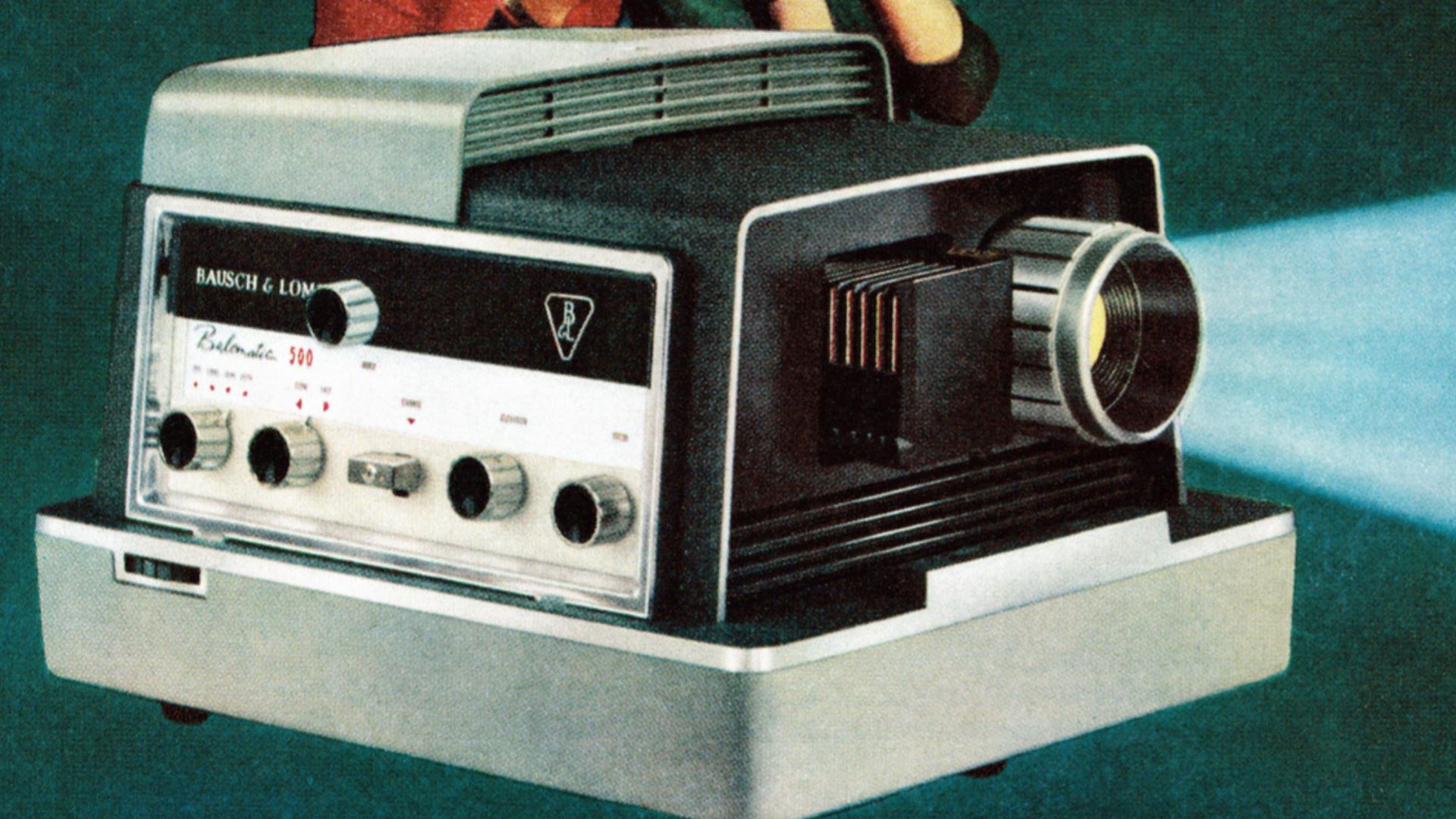 1950sUnlimited, Wikimedia Commons
1950sUnlimited, Wikimedia Commons


